
In addition to all the clear biblical evidence provided in 'THE TEMPLE QUEST' eBook there are many further, though perhaps less prominent biblical clues in other places such as 2 Chronicles 20:28 and 27:3.
Ophel is the area in foreground above picture
Considering the above references...
2 Chronicles 20 describes the victory of good king Jehoshaphat of Judah against the threatening Moabites and Ammonites.
God gives a great victory to Jehoshaphat's army which had gone out with the singers in the lead bringing praise to God!
Upon Jehoshaphat's and the peoples' joyful return, we read 'so they entered Jerusalem with stringed instruments and trumpets, INTO the house of the Lord'. This is how the Hebrew reads and the Septuagint version has it 'and they entered into Jerusalem with lutes and harps and trumpets, into the house of the Lord'
We can see that Jerusalem and the temple are one--to be in Jerusalem is effectively to be in the temple. They did not have to enter the City of David and then journey up the hill from the city to the alleged temple site.
Looking at 2 Chronicles 27:3 we see that king Jotham 'built the upper gate of the house of the Lord and on the wall of Ophel he built much'.
The strong allusion here is that these two locations are adjacent. Since we know where Ophel is (between the City of David and the alleged 'Temple Mount') a reasonable conclusion is that the 'Upper Gate' of the temple was in the vicinity of Ophel.
If so, the temple could not be north of Ophel!


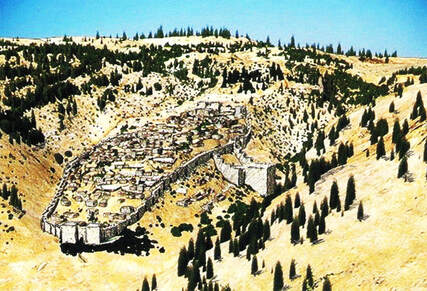

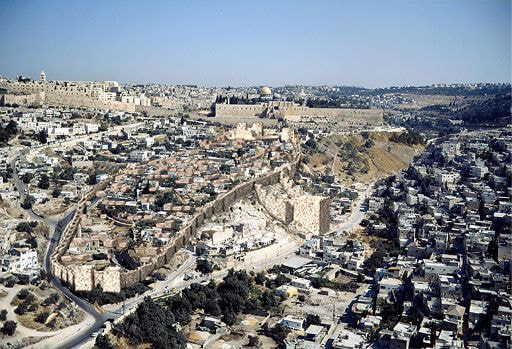
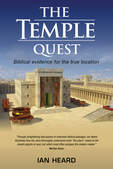
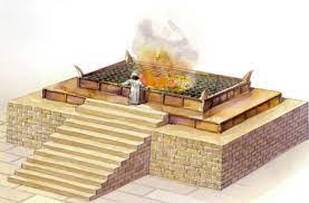
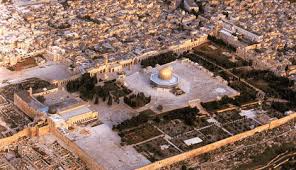
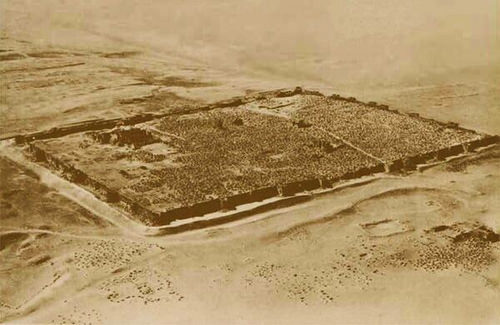
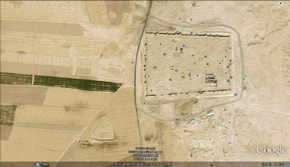
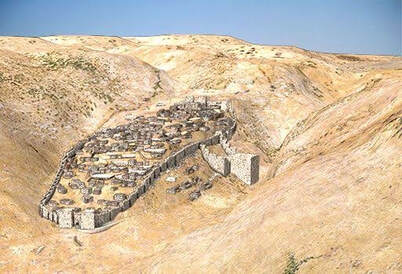
 RSS Feed
RSS Feed
